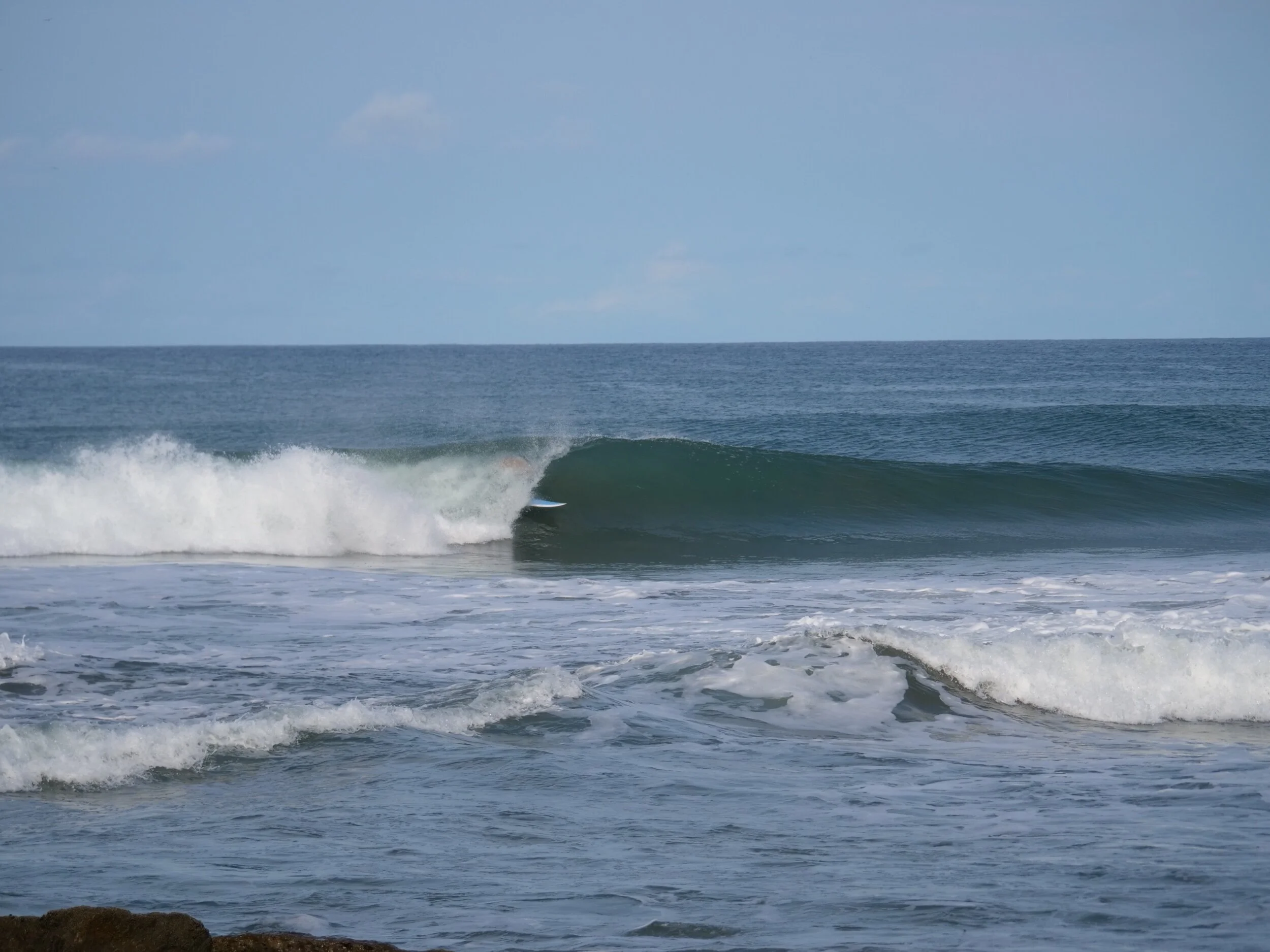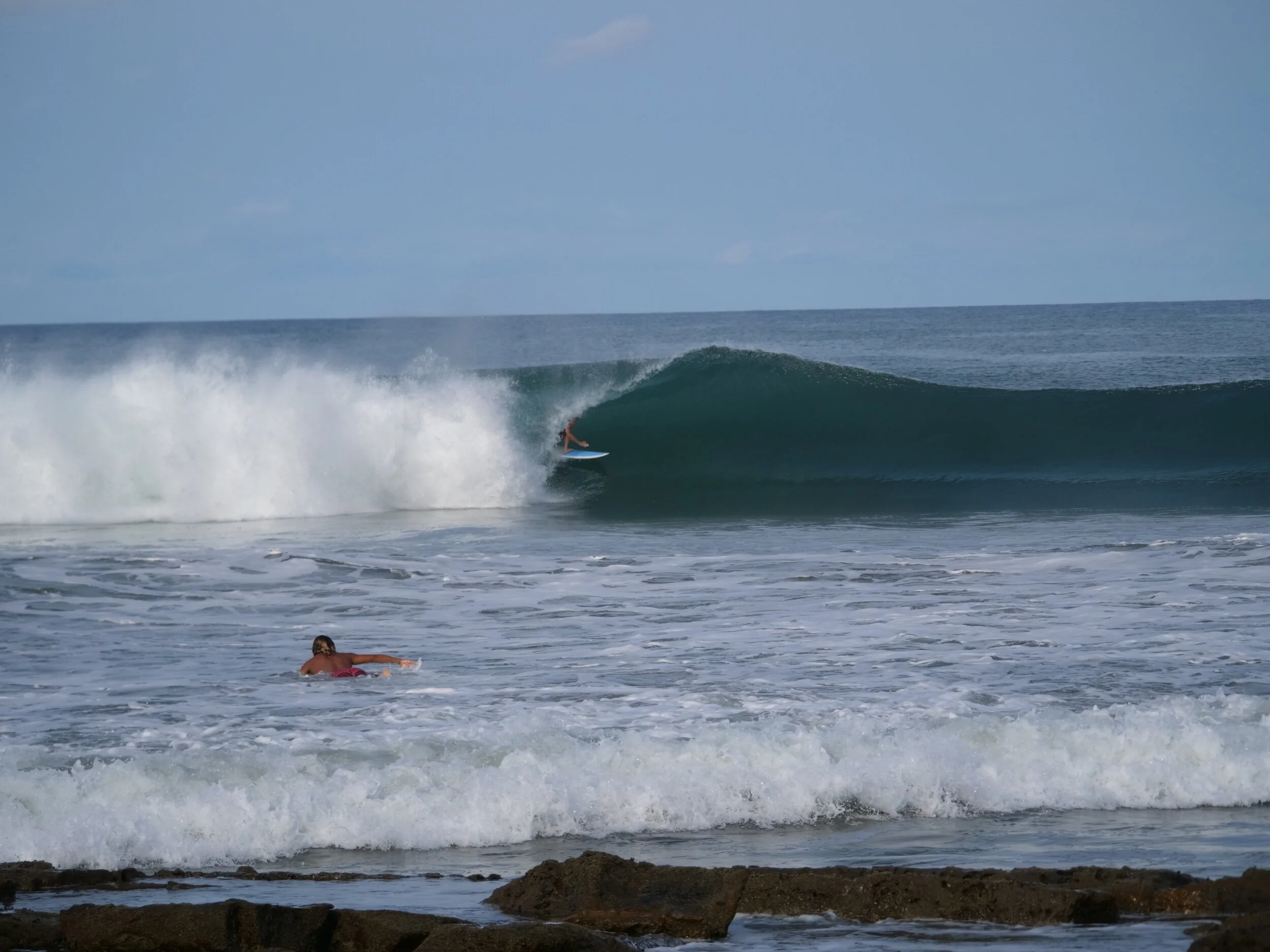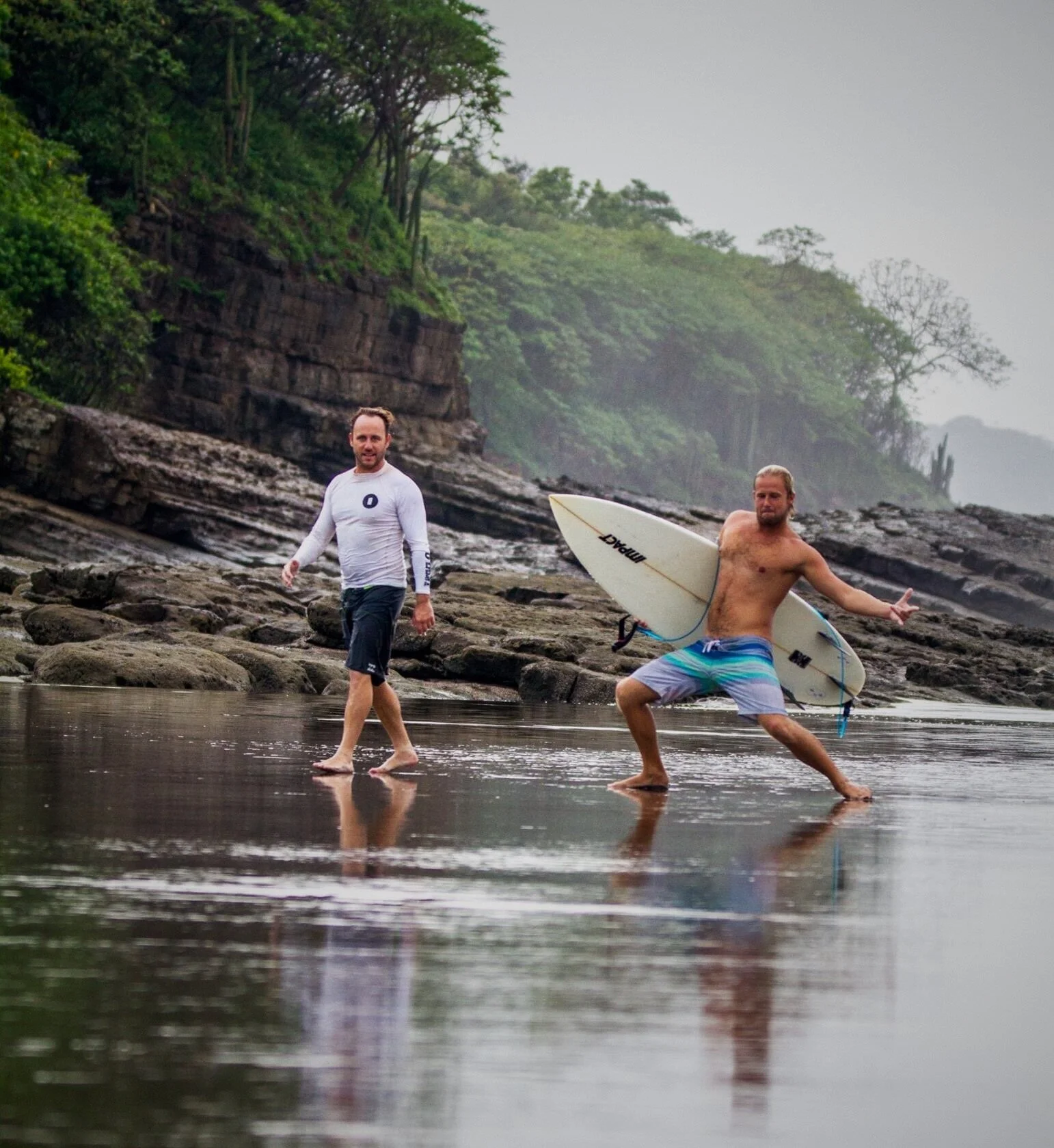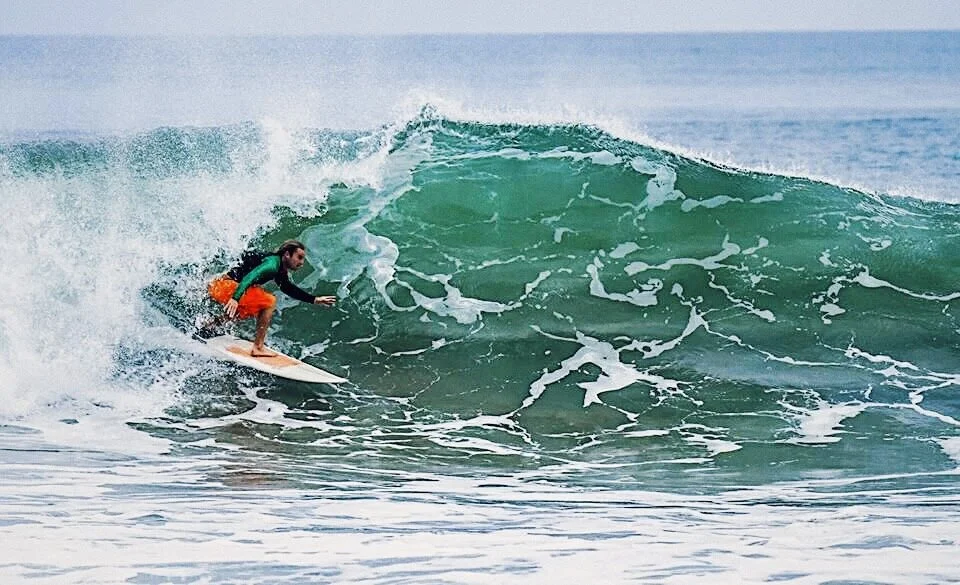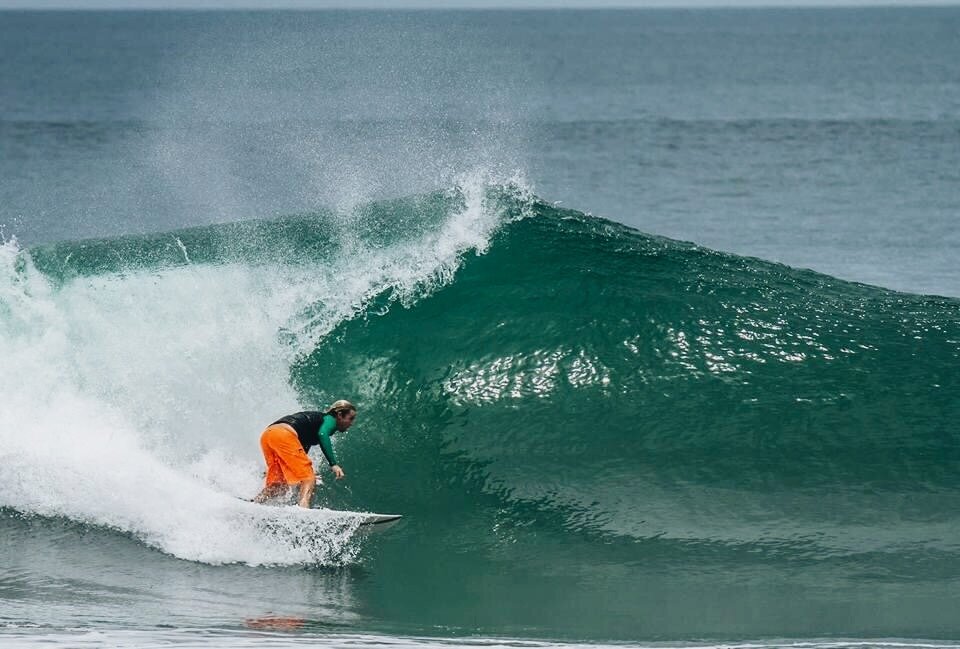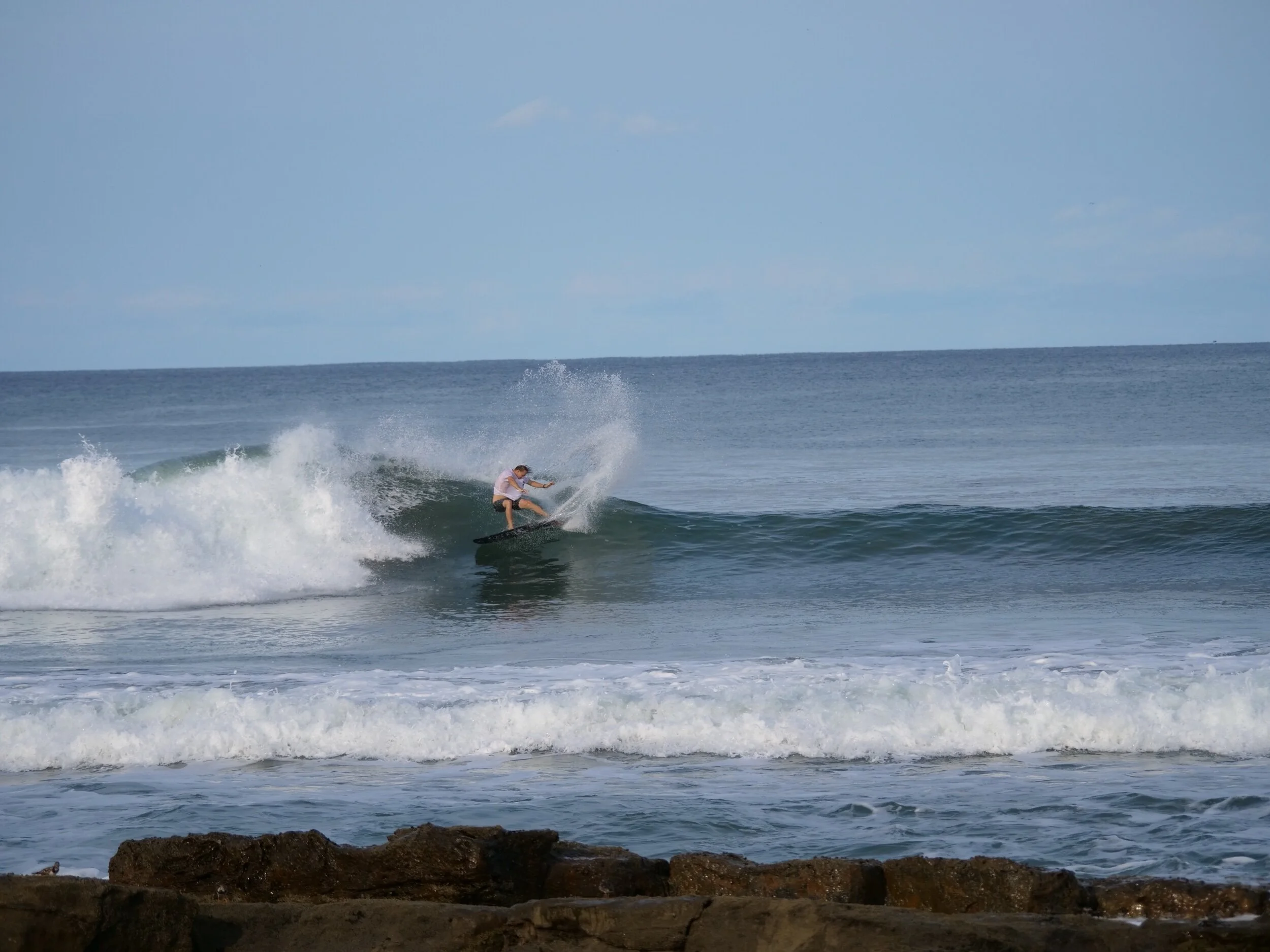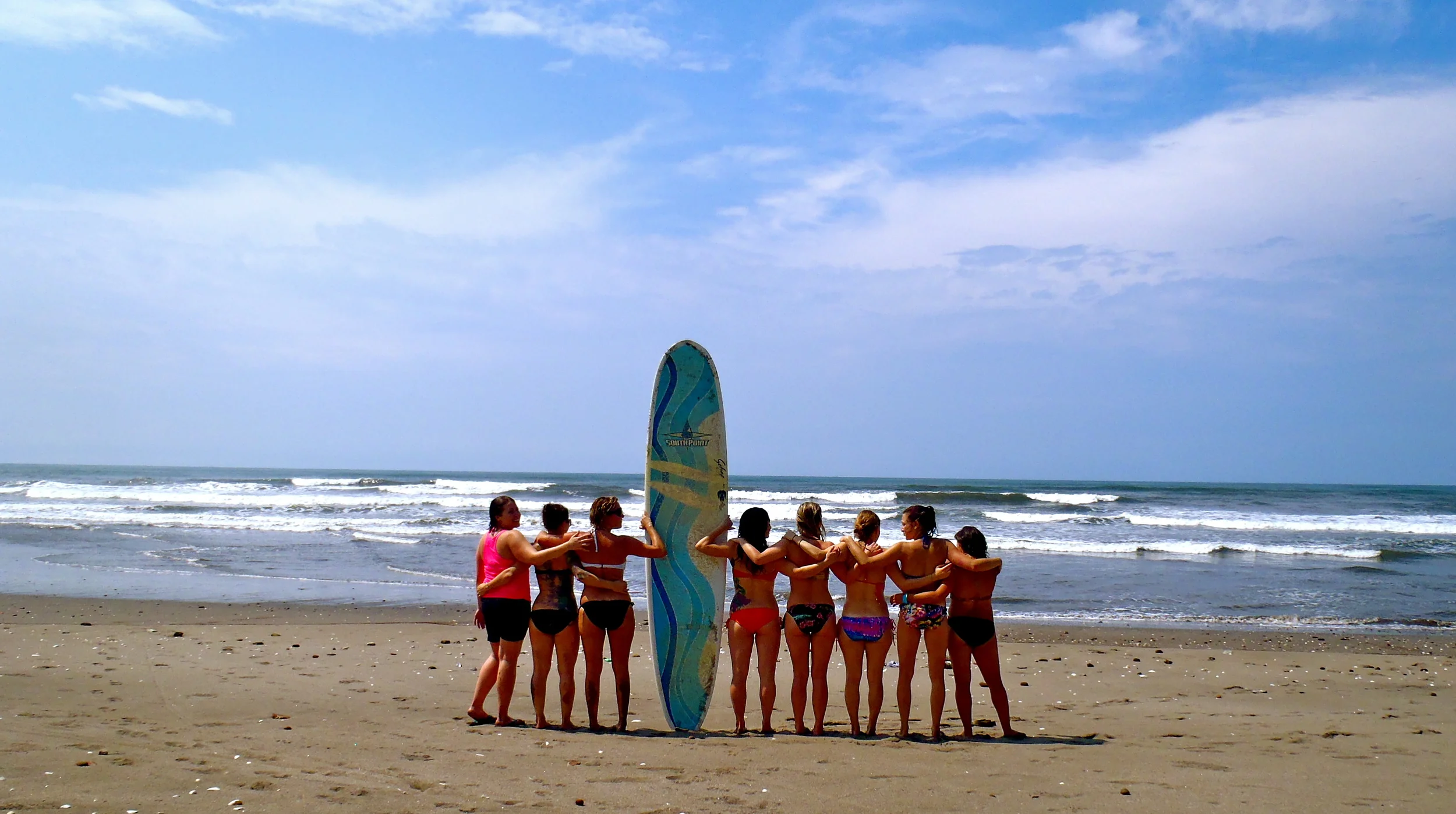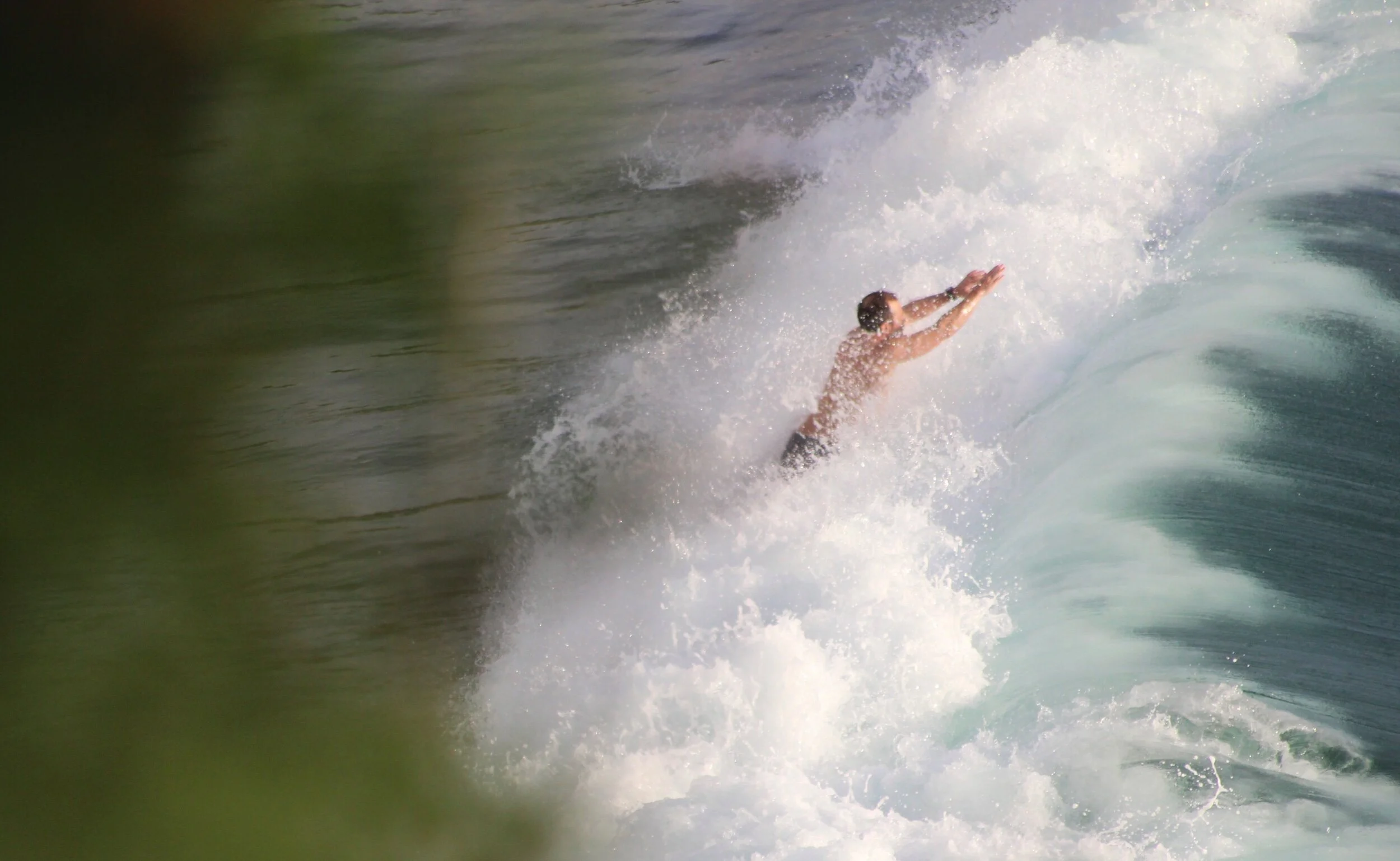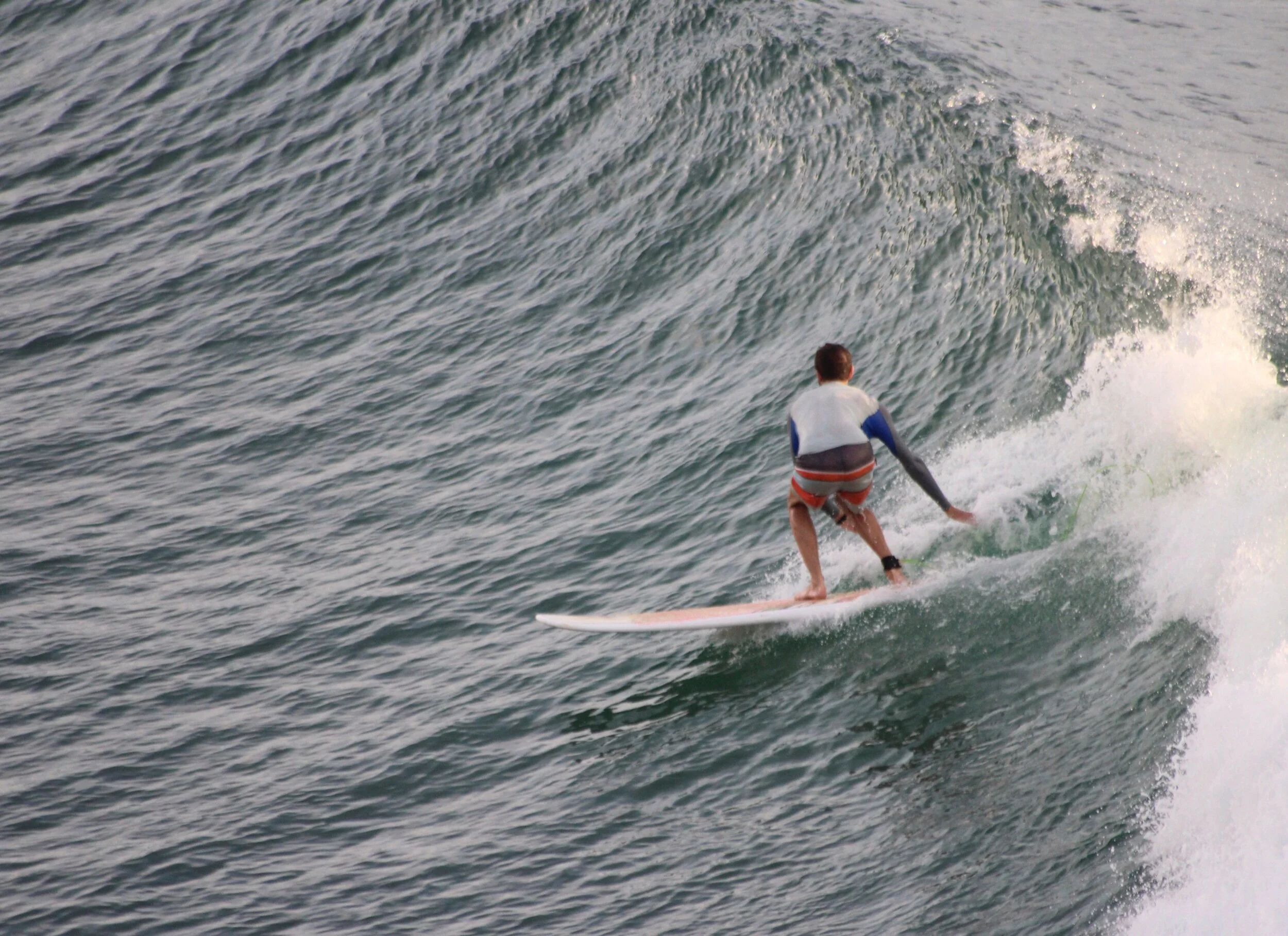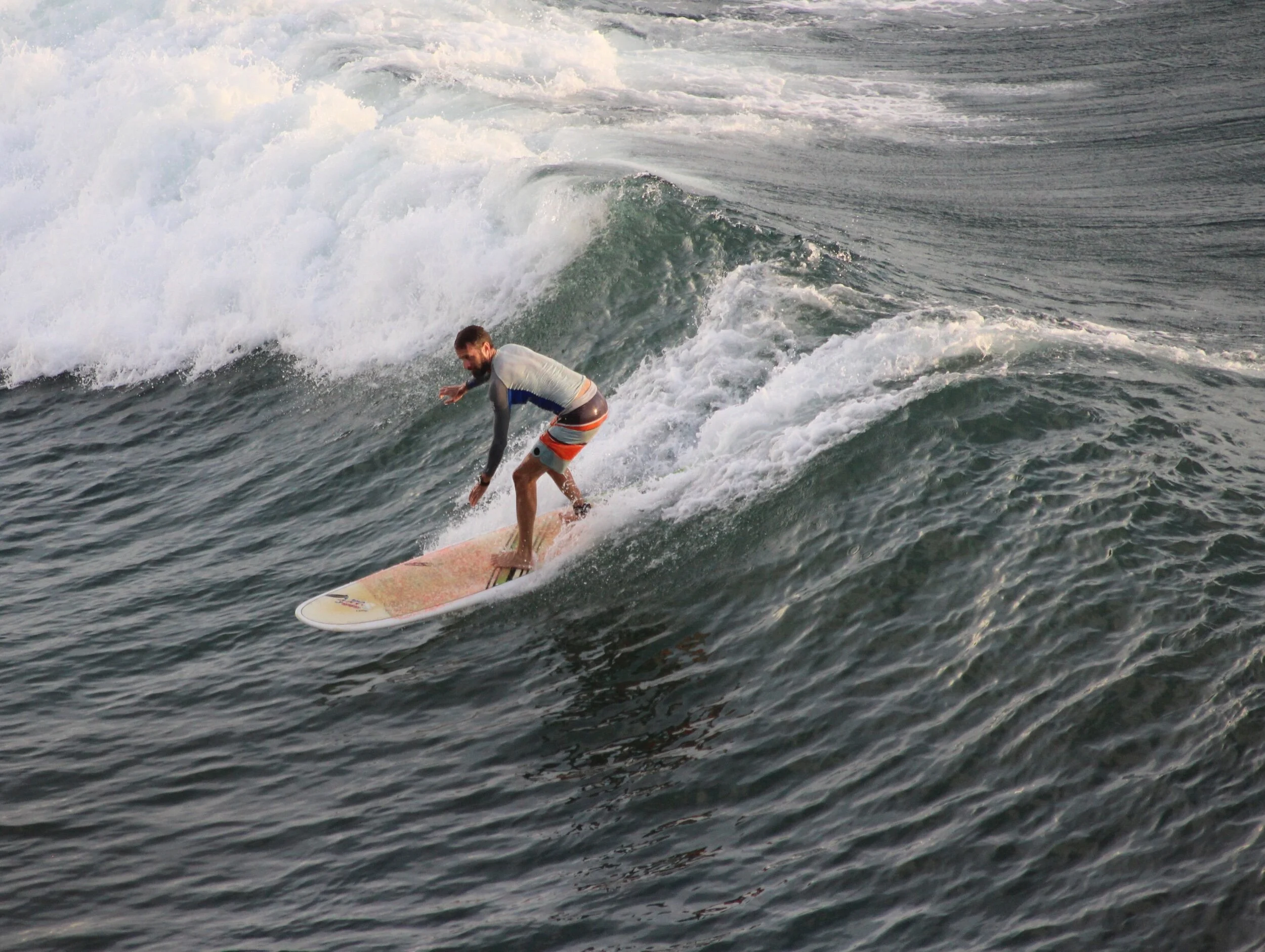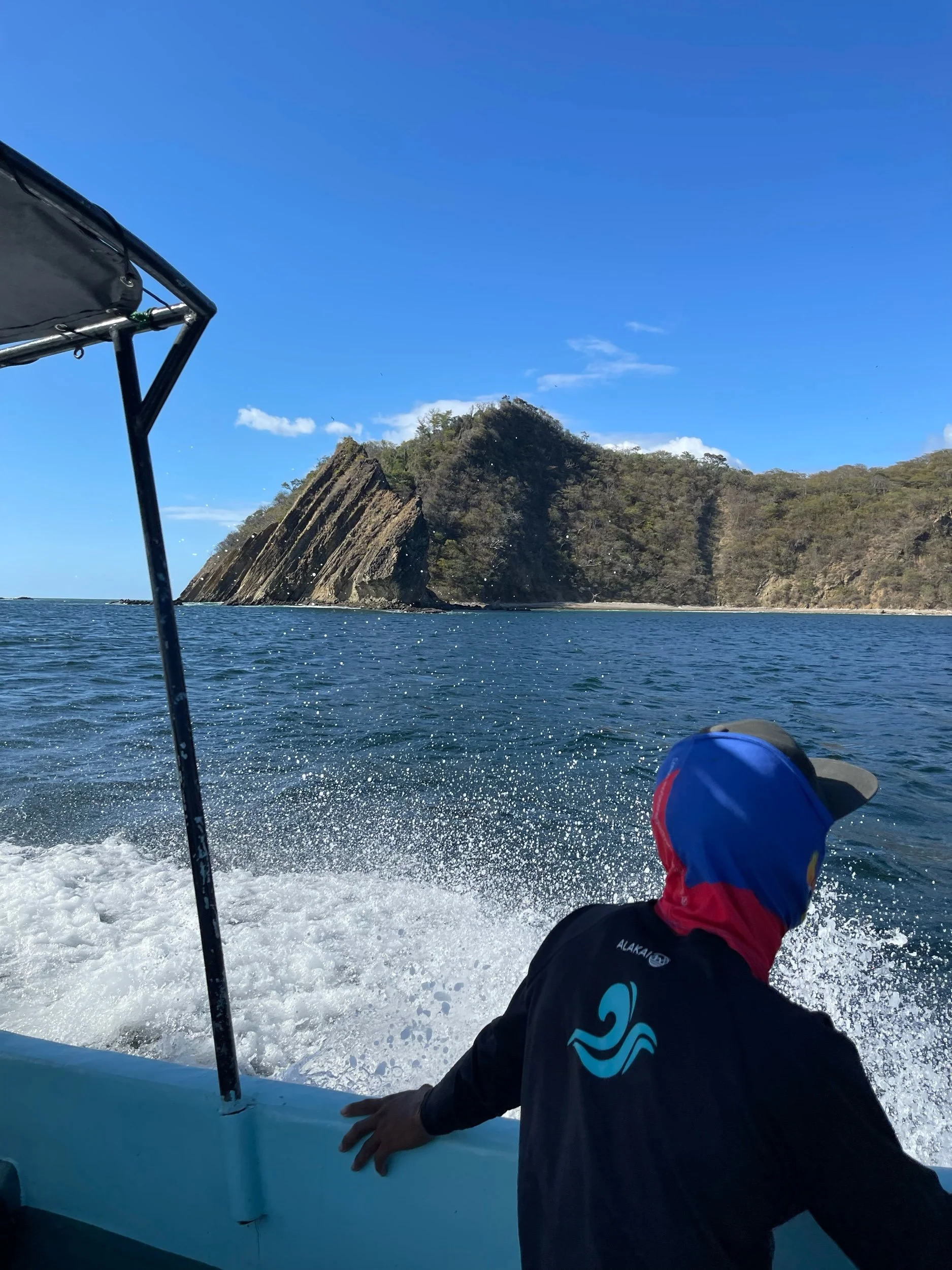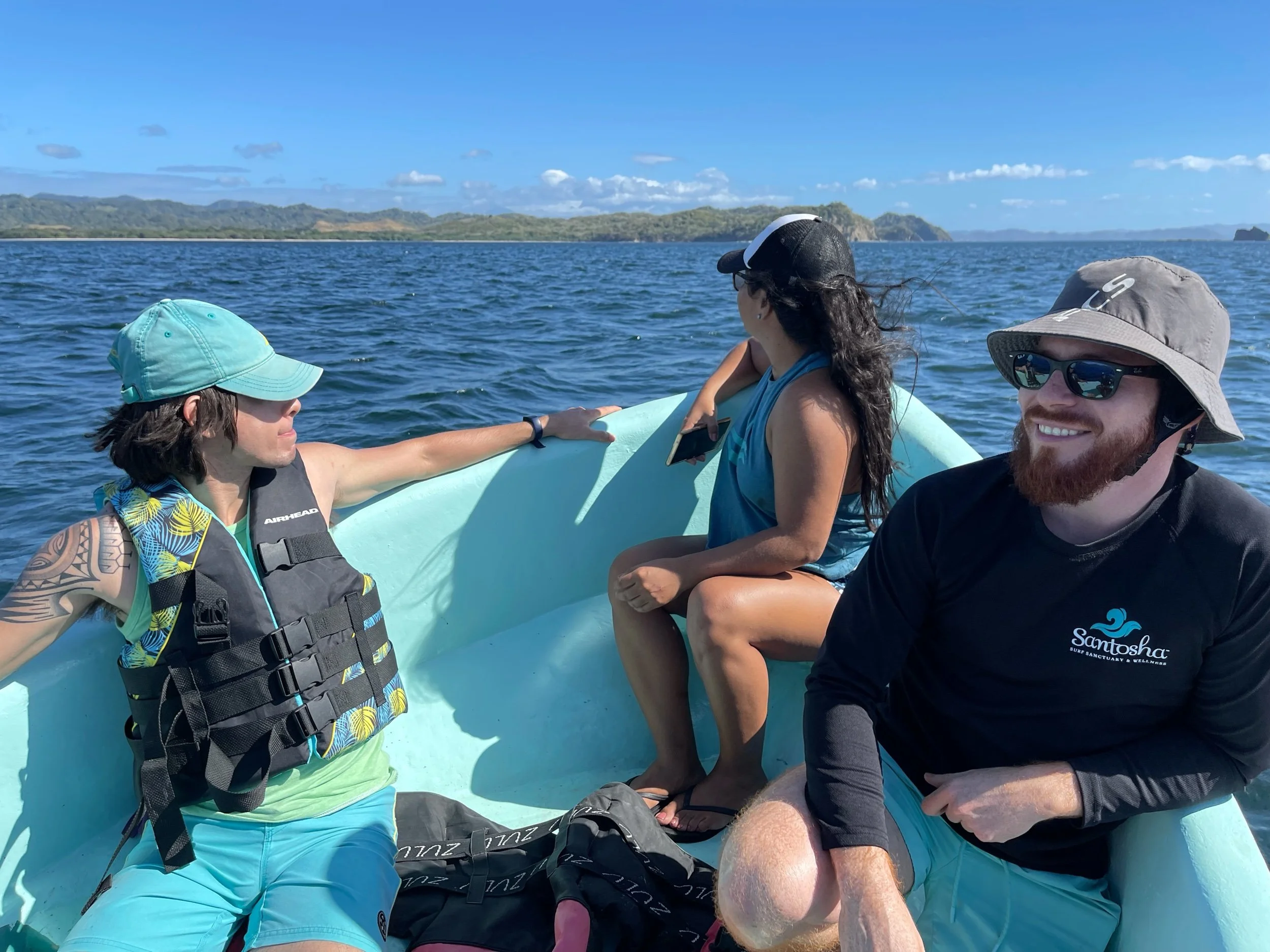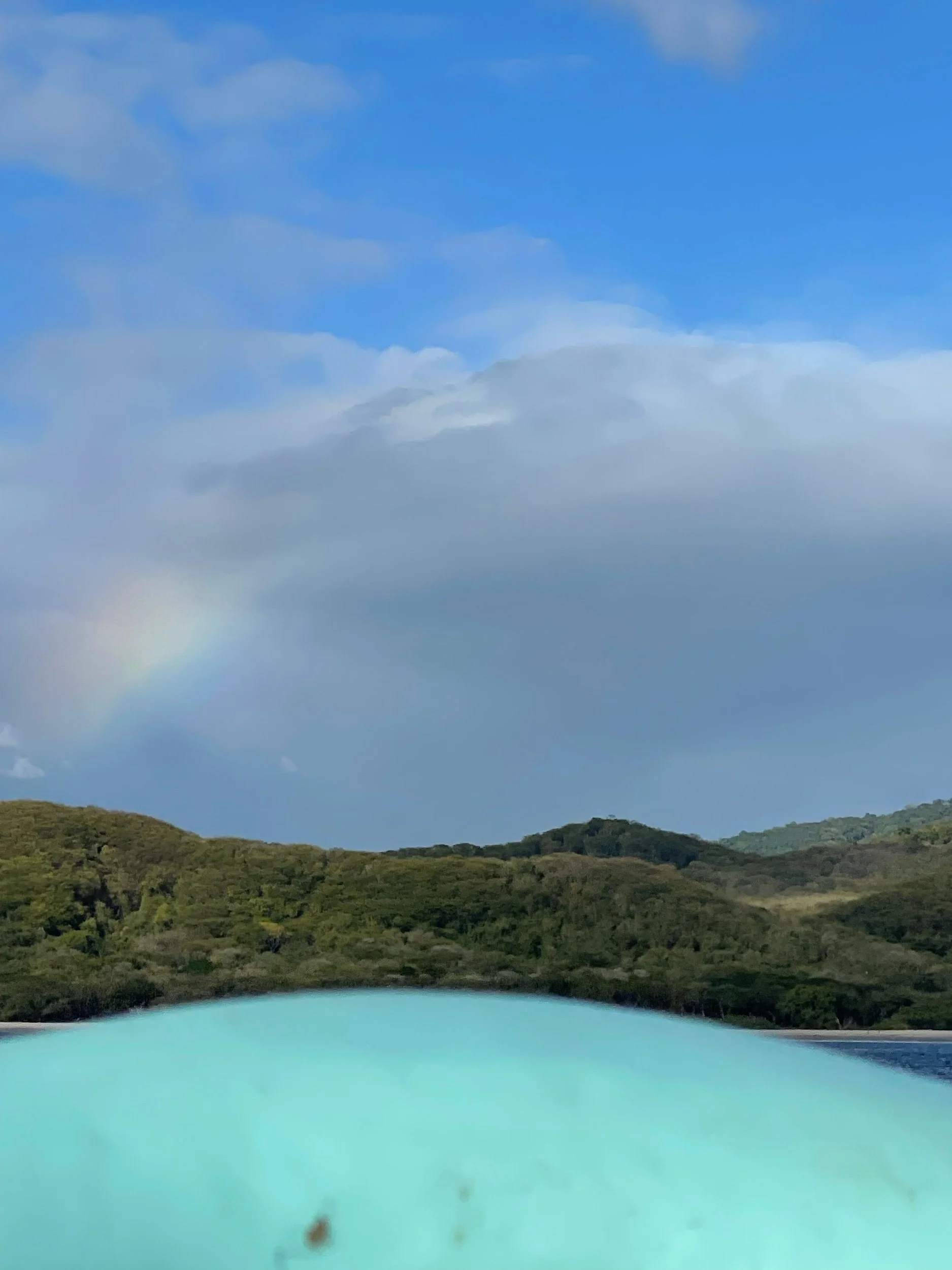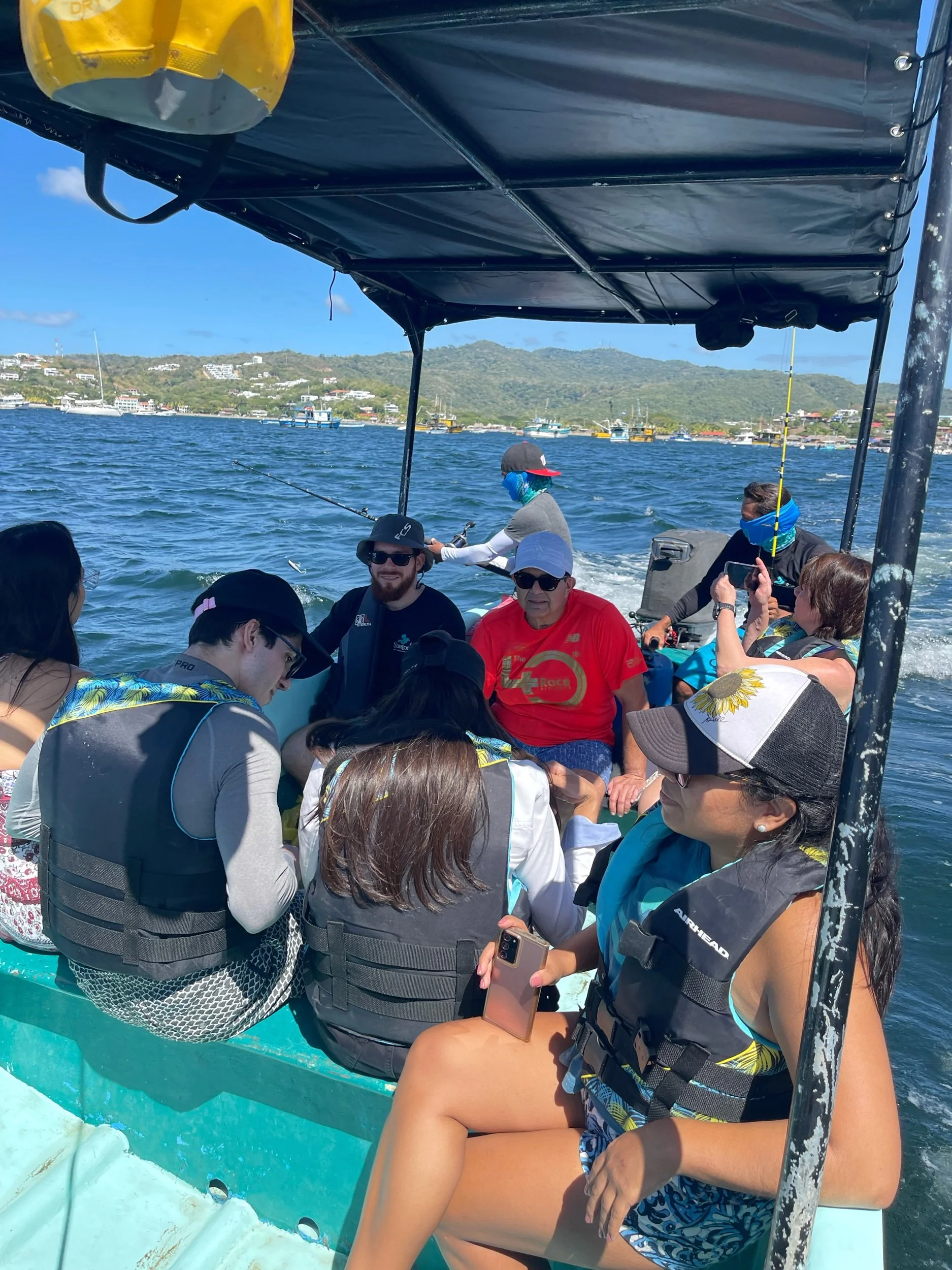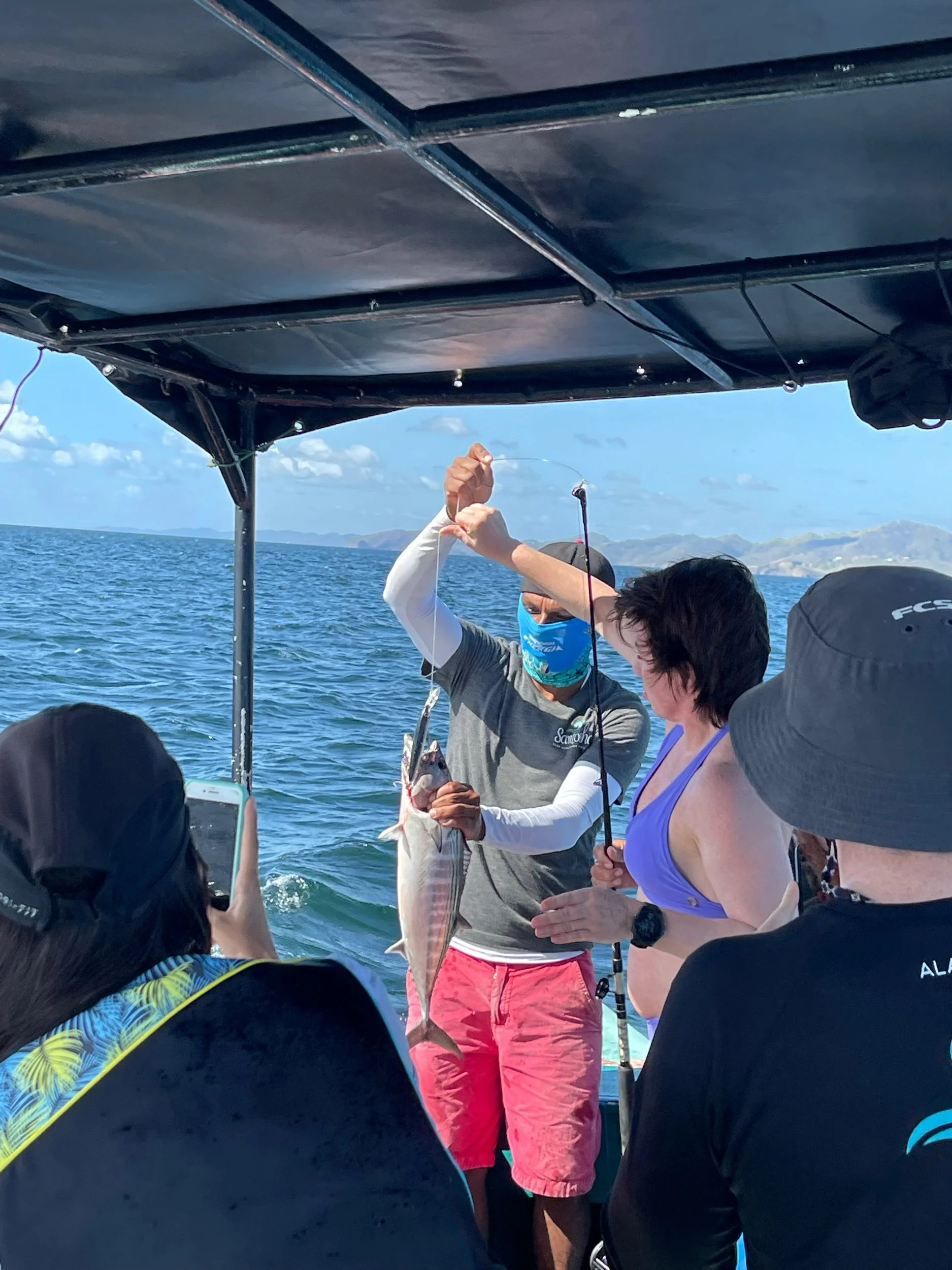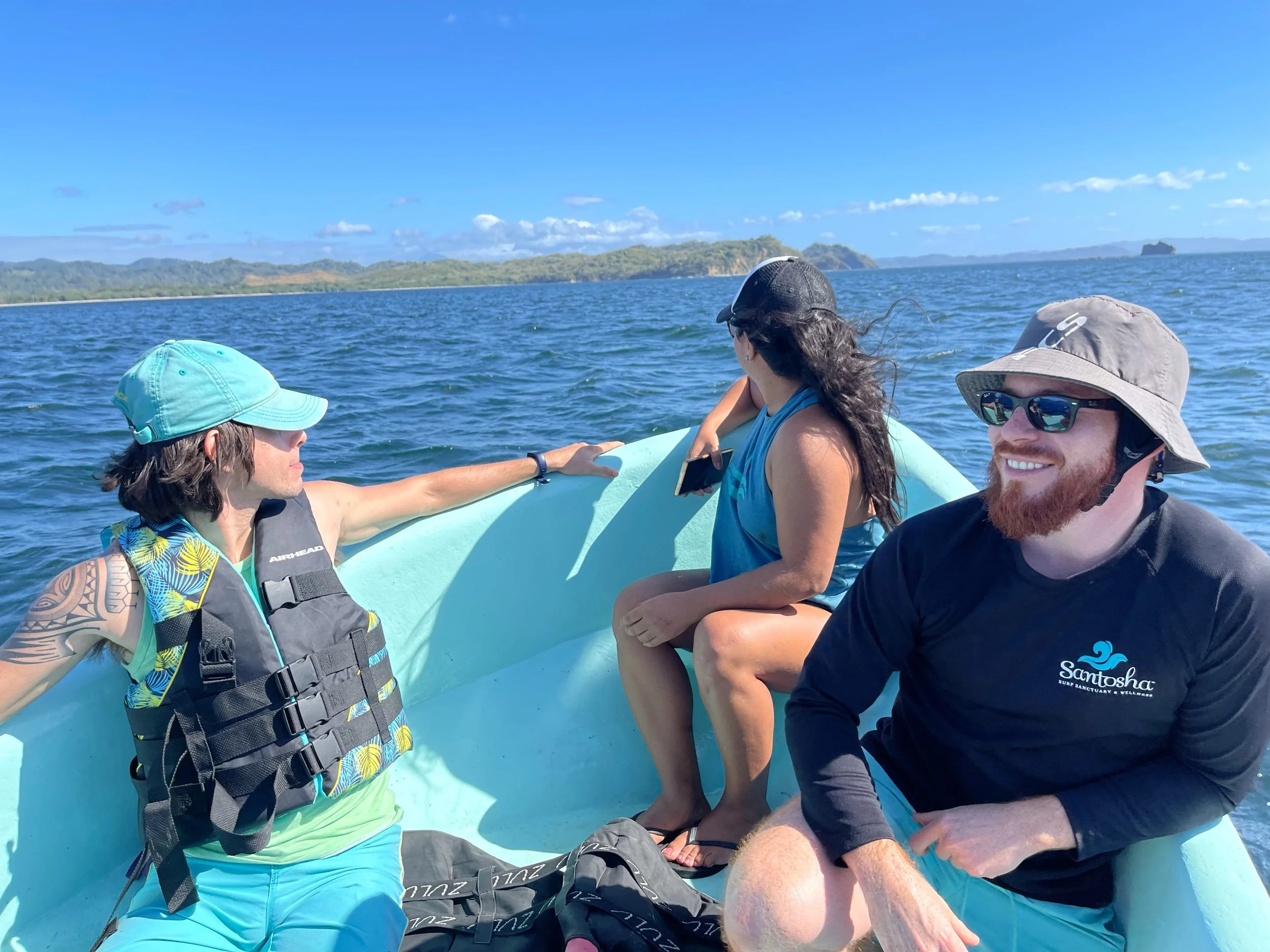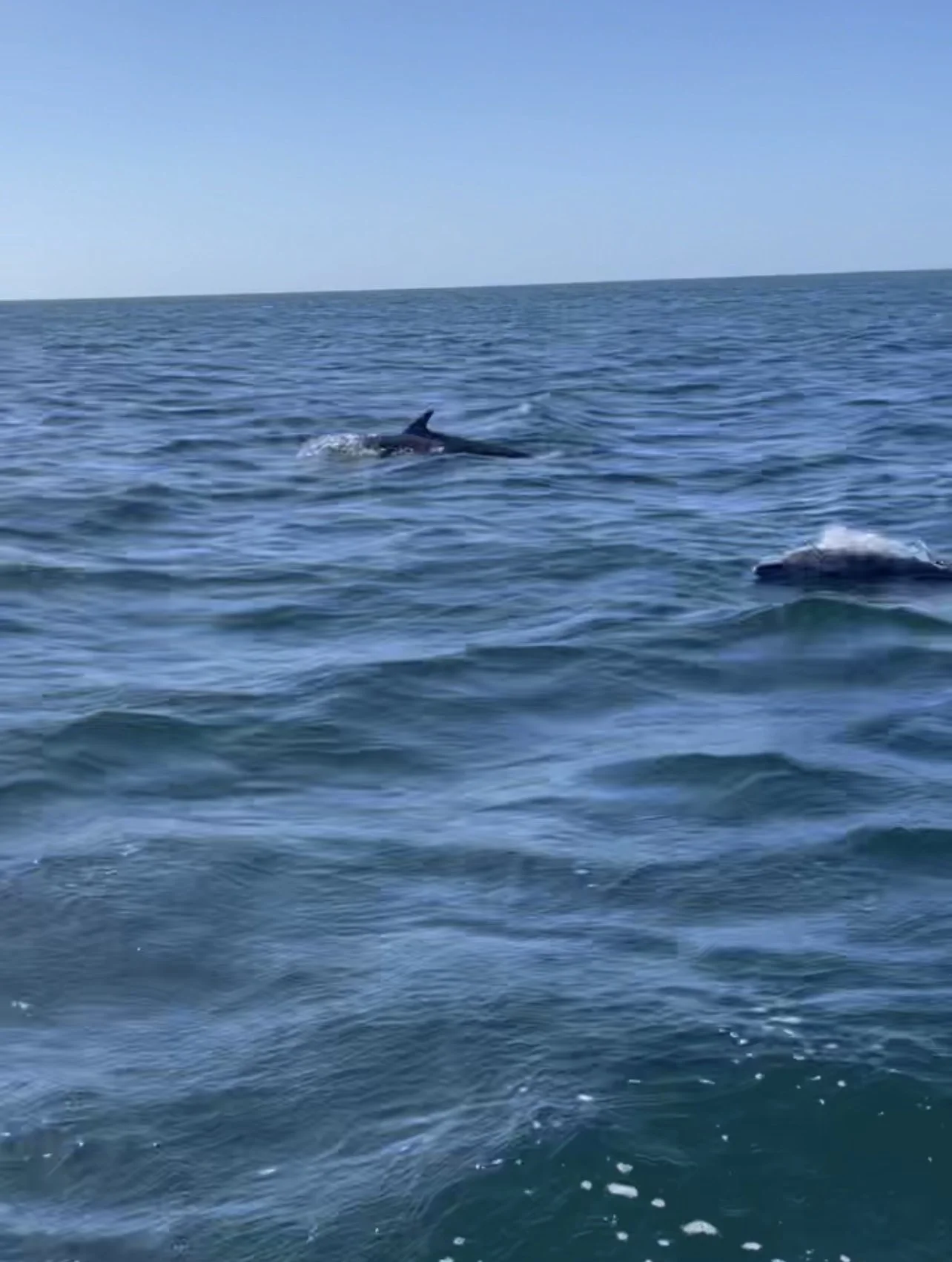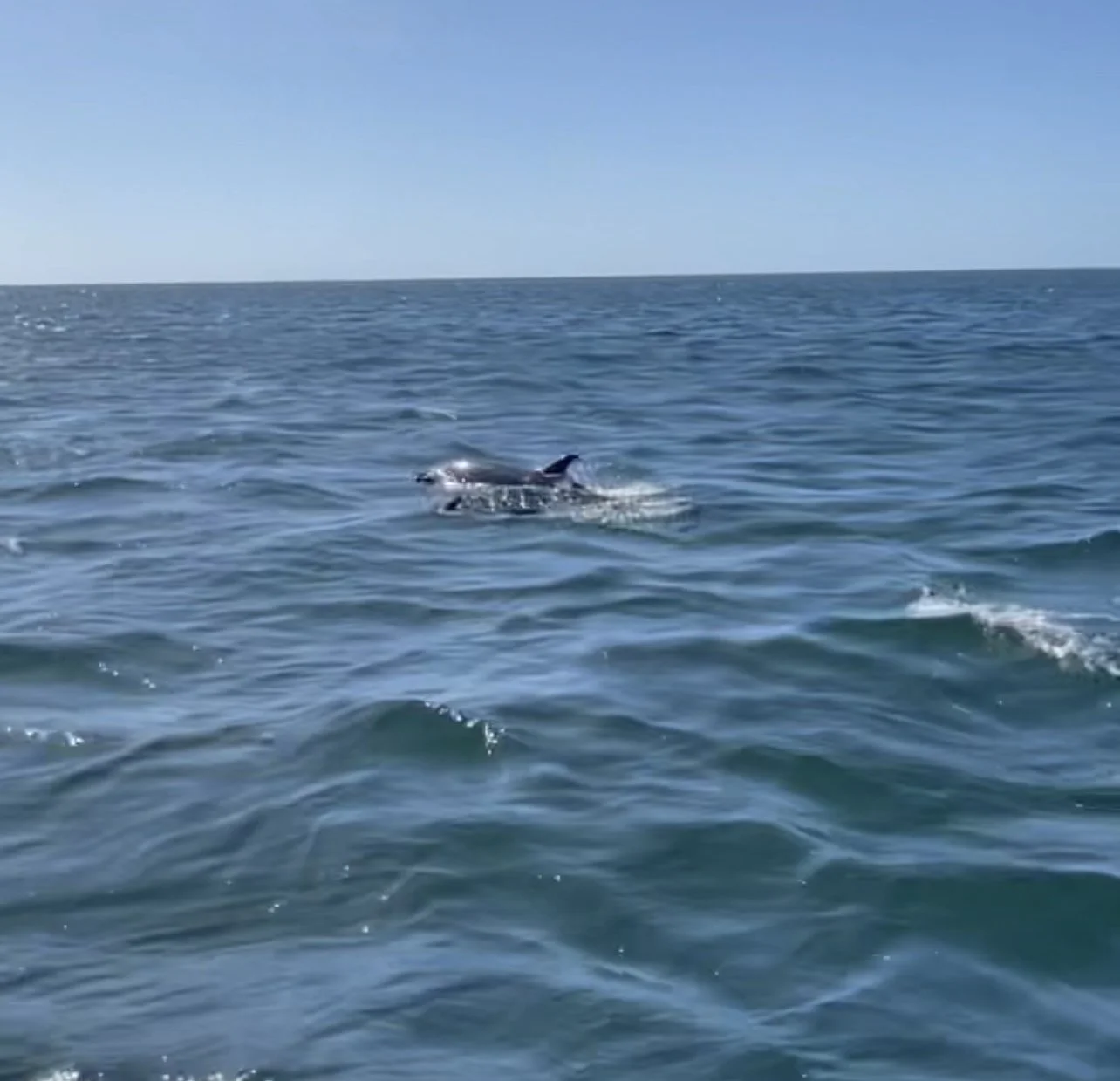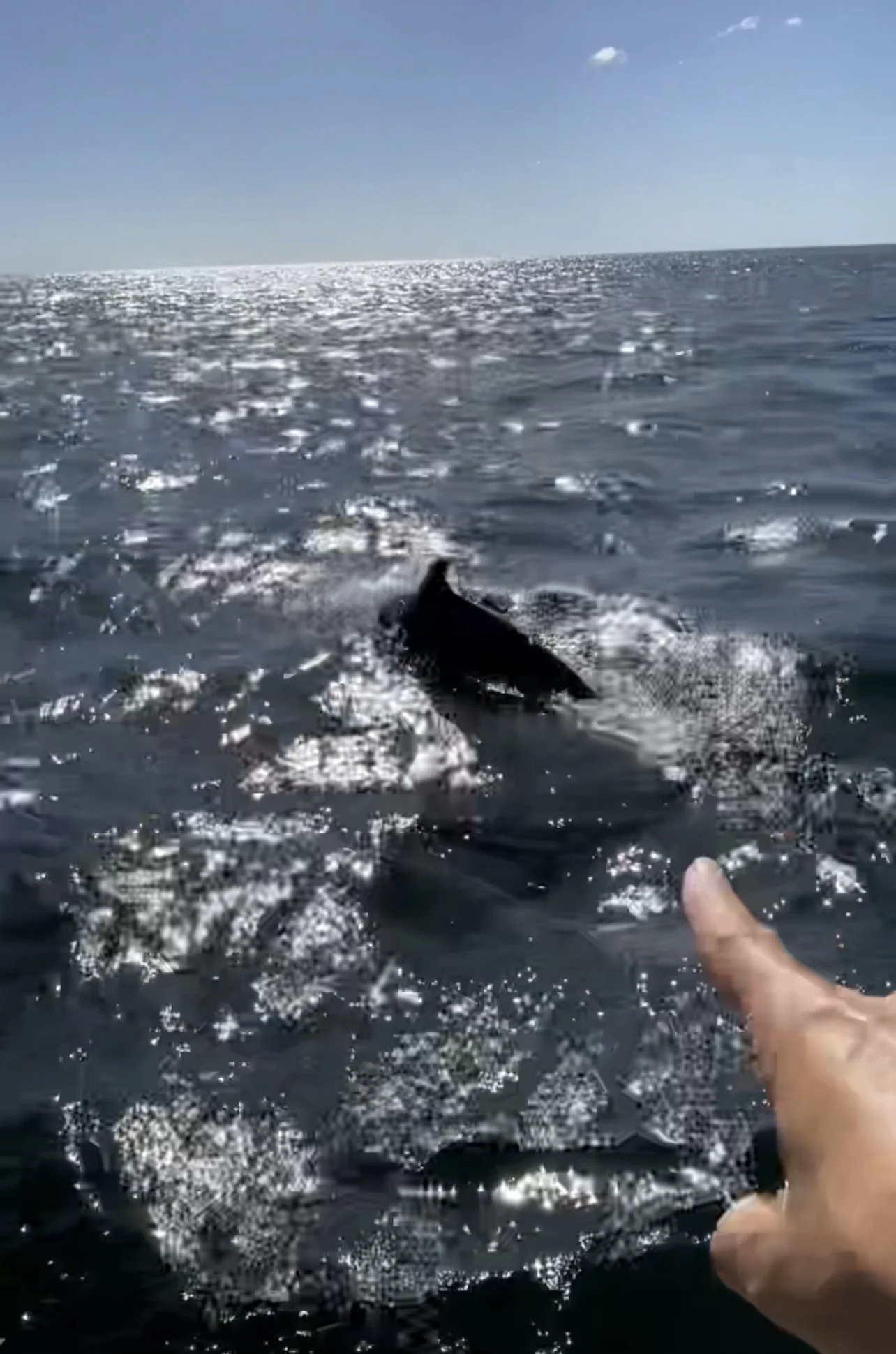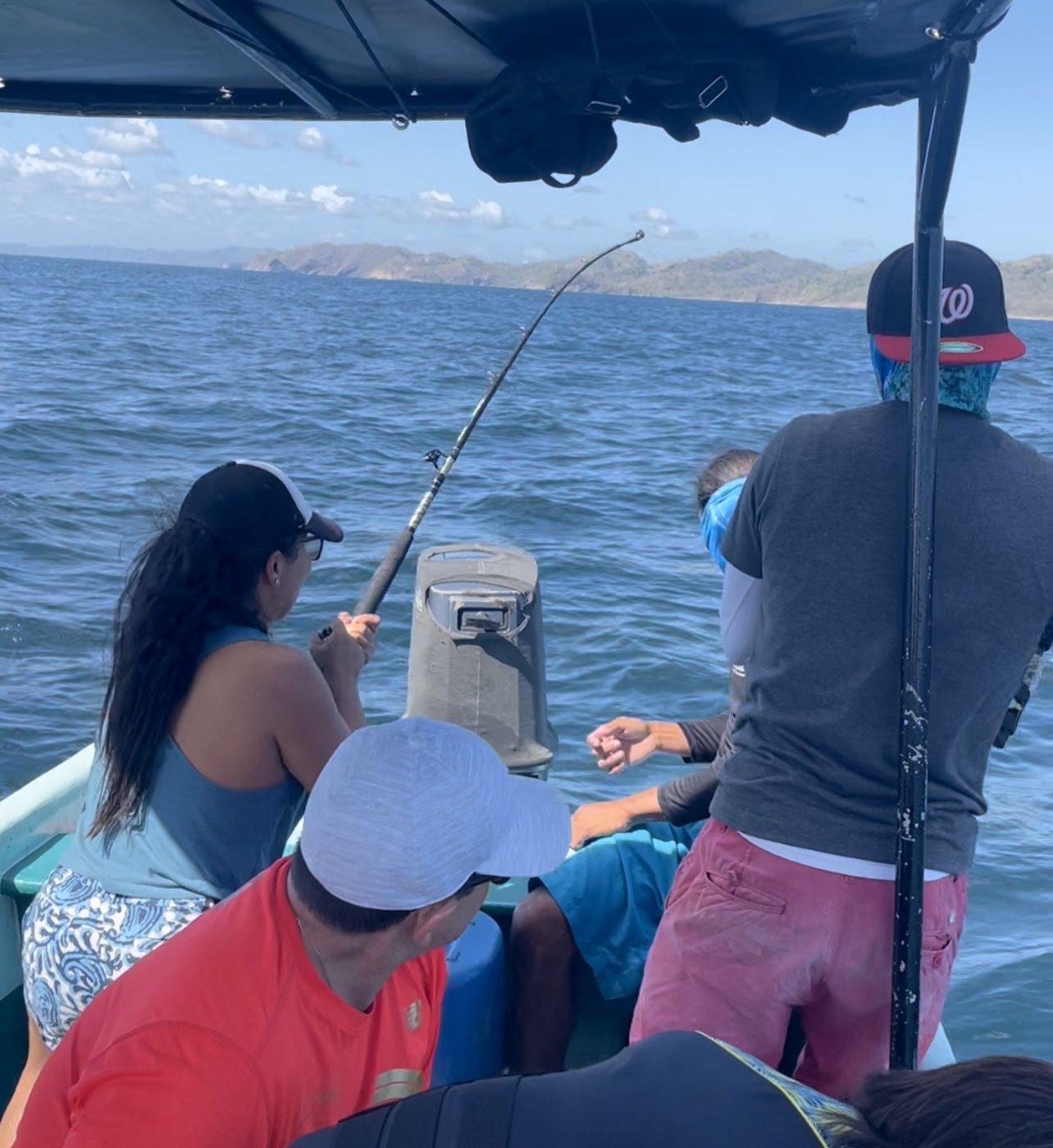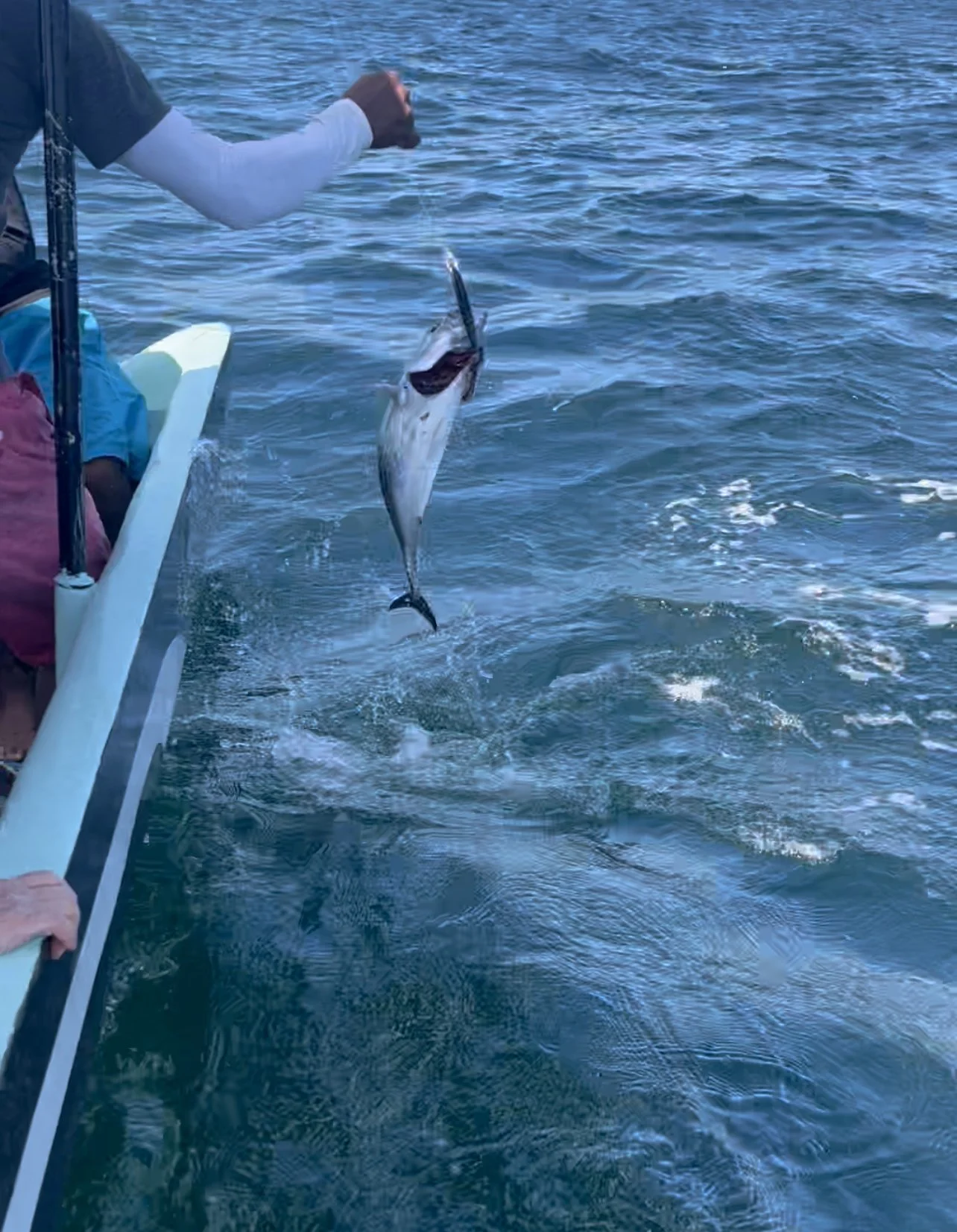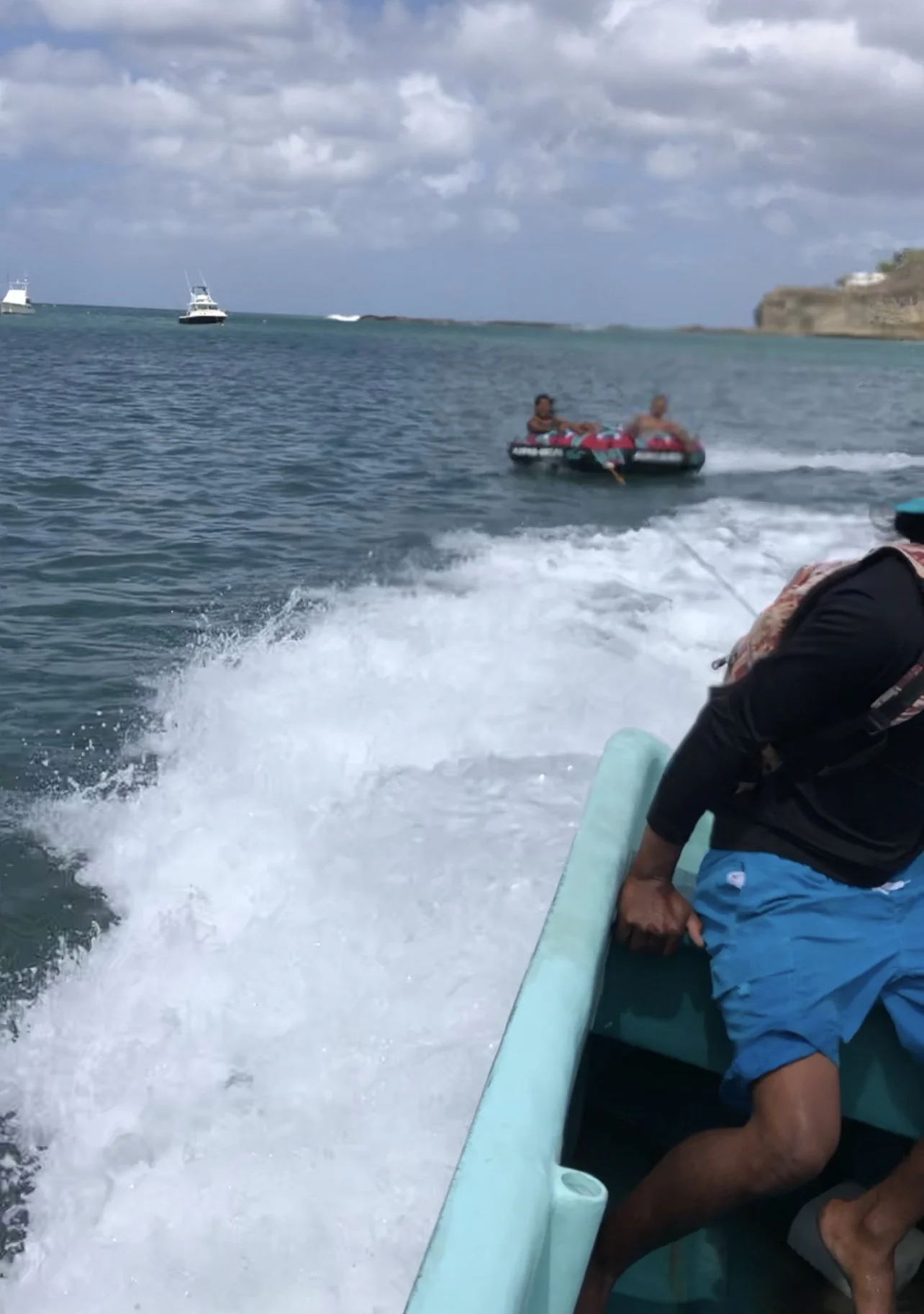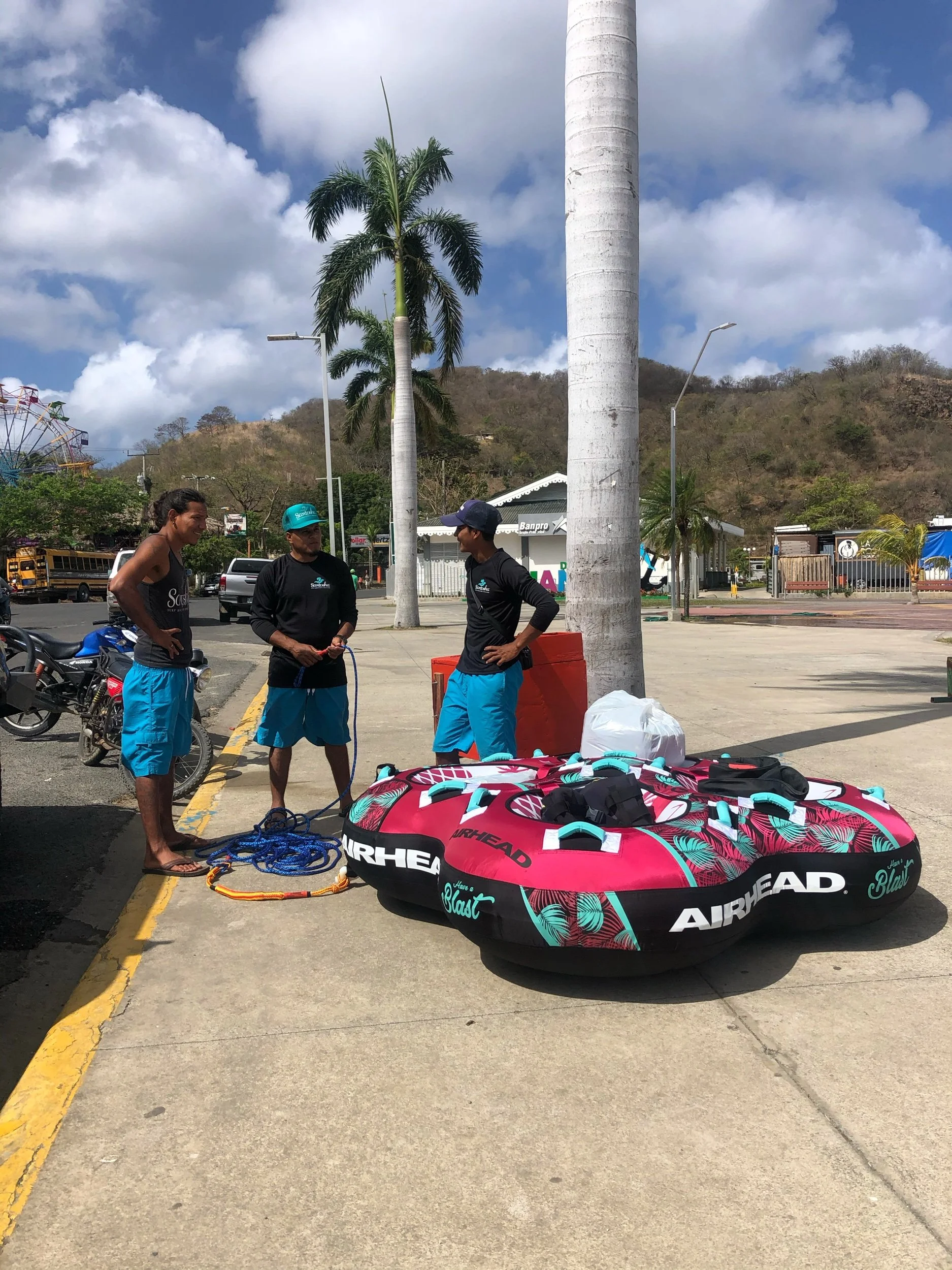surf
Like yoga, surfing forces one to live in the present and is a meditation of its own
Whether you are an advanced surfer or just beginning we may have something for you
We are not a surf camp but we can assist you with your surfing requirements whether it be knowledge on our preferred breaks, surf lessons, guiding or rentals we will do our best to get you what you need but you must book it in advance or speak with us prior to guarantee our best instructors and services are available as we are a small and seasonal business
The Surf
Close access by vehicle or walking to two of Nicaragua’s best kept secrets. Best conditions are March, april, may, June. Although we have swells through November. Keep in mind it is green seasoN and Sometimes rainy. no wet suit required. SEPTEMBER & october can have thE most rainfall and onshore wind
Board rentals
Bring your own board is highly recommended although we can assist in board rentals due to the pandemic we do not maintain a large quiver and sourcing the perfect dimensions for you may be impossible but if you are not picky there is a rental shop on Escameca Grande or with advance notice we can rent what you need it in San Juan Del Sur.
Best surf months with largest swells are April, May, June. You can still get average surf through early November. Green shoulder season can occasionally be great fun November though December. The least favorable months are January through February with strong offshore wind and small swells. 2 Mil Wet suit required December through April and be prepared for super strong offshore winds. March and April can also require a 1 to 2 mil wet suit and strong winds but we start to get favorable sized swells. May and October occasionally can experience some onshore wind.
Playa Escameca Grande not on any surf report is located within our gated development and is a 12 minute walk on steep trails or 7 minute drive. Here you will find a local beach restaurant directly in front of the break and your personal belongings will be safe here all day long. You can also rent paddle boards, visit the turtle nursery or walk down the the estuary. This wave can be powerful during the surf season but is ideal for beginners to advanced surfers. It has a right and left point break with sandy bottom. On big south swells you can easily enjoy barrels
Playa Yankee is a 12 to 15 minute walk along the coastline recommended for intermediate to advanced surfers as you may have to cross rocks at different tides and must have ocean awareness. Rocks can also be slippery but we make this journey ourselves and our staff is prepared to show you the way the first time. If you rent a vehicle you can easily drive. A shuttle can also be arranged by the hotel for an additional charge. A powerful punchy left A frame at the first and second peaks. Peak 3 is a longer left and sometimes rights can come in depending on the swell. This wave works best on the incoming to high tide, during the high tide and the outgoing. You have a decent 2 to 4 hour window to enjoy this spot. You will have to walk so surfers with short boards will have no problem if they use comfortable trail walking shoes. Your shoes can be stashed on the beach. It is best to not travel with valuables but we can provide a guide or photographer at an additional charge to watch your belongings on the beach click here fir the Magic Seaweed Surf Report
Tide Pools and Secret Sandy Coves
In front of the sanctuary, a short few minutes walk you will find empty sandy coves with reef bottoms. Explore the tide pools, have a romantic picnic, watch the sunset in private. Sometimes you can see the local fisherman, snorkelers and divers catching fish here. You can also rent snorkel gear and give it a try yourself. There are several beautiful walking trails and nature to be explored in this area.
Other Beaches by boat or 4x4 Transport
We frequent other beaches that are also not located on any report and are consistently EMPTY. Our Surf Guides can help you decide which spot is working best for the direction and current conditions. In Southern Nicaragua we have offshore winds that carry on throughout the whole day 300 days per year which is incredible and unusual but surfers know how important the ideal winds are. Our beaches are primarily beach breaks that act as point breaks. We are also driving distance 15 to 30 minutes to several other beaches. Surf Guiding and exploring can be arranged for an additional charge depending on number of participants. We can also take you to several famous surf breaks where you can enjoy mixing with the locals and tourists at the more crowded breaks if you prefer a social environment.
We offer you the most advanced comprehensive surf retreats and private lessons- Get back to nature, to the source and to an authentic improved you. We plan our days according to the tides. We begin with a healthy breakfast, yoga-stretching and strengthening the muscles used for conquering waves. In fact, we've found that yoga and surfing work perfectly in tandem.
Why learn to surf? Here´s why ....
Out in the ocean, one learns to let go. Surfing is a teacher of how to ride waves even when you are back on land, the ebb and flows of life. Surfers are some of the toughest people on the planet. They paddle out, fall down, take a beating, rise, and go back for more with determination and a smile. You can carry this forward in and out of the ocean. Facing swells equipped with a Yogi mindset strengthens overall skill. Surfing with us will encourage you to combine disciplines and help you achieve balance, patience, forgiveness and compassion for your own imperfections. There is no yoga and no surfing without the flexibility to gracefully respond to the demands of each passing moment.
Why choose us? Here´s why ...
We live the surf life but appreciate a creative inspiring space to spend our time when we are not at the beach or in the water. Through Surf, Yoga, Athletics and Nutrition you will be living the lifestyle as we do. If you are serious about improving your surf skills and want to learn how to take better care of yourself through nutrition and a balanced healthy living we are the place for you.
Private Introduction to Surfing
Private Lessons:: 1.5 hour with instructor Includes Board Rental $80 USD. Discounted packages available with more than one lesson. Other surf camps may be cheaper but we have the best instructors that tailor a personal experience to your ability and will ensure your safety each step of the way.
Surf Guiding
Come live the surf life and experience the culture of Nicaragua as we do, let us share this with you!
Bring your own board or we can assist you with a rental and let´s hit the waves together!
Boat Trips and Guided Driving Tours down dusty dirt roads to world-class surf breaks North to South
Guiding Rates Vary depending on length of day and which surf break.
* Inquire for packages and daily rates
The best surfer´s are the ones that are having fun sharing waves, smiles and laughs out in the water!
Surf Etiquette:
Rule #1 - Don’t Drop In On Another Surfer
Rule #2 - The Surfer Closest To The Peak Has Right-Of-Way
Rule #3 - Paddling Surfer Yields To Surfer Riding Wave
Rule #4 - Don’t Ditch Your Board
Rule #5 - Don’t Be A Snake
BE FAMILIAR WITH SURF TERMS
“closeout” – a wave or a large section of a wave that breaks at the same time, making it impossible to continue surfing the open face of the wave
“deep” – the steepest part of the shoulder closest to the peak of the wave is considered the deepest part of the wave. Often when a surfer is “too deep” they are unable to drop in to a wave without falling off of their board
“down the line” – along the face of the wave
“duck dive” – a technique used to paddle out past a breaking wave. Arms push the nose of the surfboard down while the knee or foot pushes down on the tail as the surfer dips below the passing wave.
“face” – the open, unbroken part of a wave
“green wave” – an open wave allowing the surfer to surf along the face of the wave, going either left or right parallel with the beach instead of straight towards the beach
“inside” – when paddling for a wave, “inside” refers to the person closest to the peak of the wave. “Inside” also refers to the shallower part of the water closest to shore.
“kick out” – to surf out of the wave, ending your ride (also called flicking out)
“lineup” - the area where the waves normally begin breaking. Surfers sit on their boards in the lineup and wait for waves to break.
“longboard” – a longer, wider, thicker surfboard. Longboards catch waves much easier than shortboards but are much harder to control and turn.
“left” - a left is a wave that is breaking to the left. The direction “Left” is used by the surfer when describing the direction of the wave while facing shore. Therefore, from the beach, a “left” is described as a wave that breaks from left to right.
“outside” – when paddling for a wave, “outside” refers to the person further away from the peak of the wave. “Outside” also refers to the deeper part of the water, where the biggest waves break, further from shore.
“peak” - the immediately breaking part of the wave.
“right” – a right is a wave that is breaking to the right. The direction “right” is used by the surfer when describing the direction of the wave while facing shore. Therefore, from the beach, a “right” is described as a wave that breaks from right to left.
“section” - a part of a wave. When a surfer “makes a section” a surfer is staying in front of a breaking section of the wave.
“set wave” - a larger wave (the largest waves usually break in sets of 2,3, or 4)
“shortboard” – a shorter, narrower, thinner surfboard. It is more difficult to catch a wave on a shortboard than it is on a longboard, but a shortboard can be controlled/turned much easier.
“shoulder” – the unbroken section of the wave directly next to the peak
“turtle roll” – a technique used to paddle a longboard out past a breaking wave. Longboards are generally too big to duck dive. With the turtle roll technique the surfer turns upside-down and propels the surfboard (also upside down) through the breaking wave.
“whitewash” - the broken white water of a wave moving straight towards shore
Safety and Surf Etiquette are required when surfing with us. You must be a strong swimmer. Surfing requires fitness, strength and patience. The surf, just like many other sports, is classified as a hazardous sport, sometimes practiced in remote beaches where the weather can be severe. That's why we recommend a travel insurance package for assistance in travel, with coverage for accidents resulting from the practice of surf during your stay.


